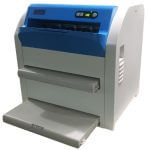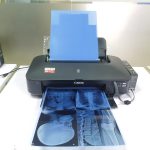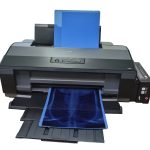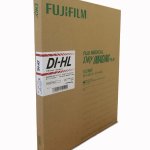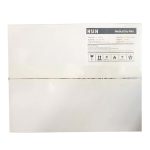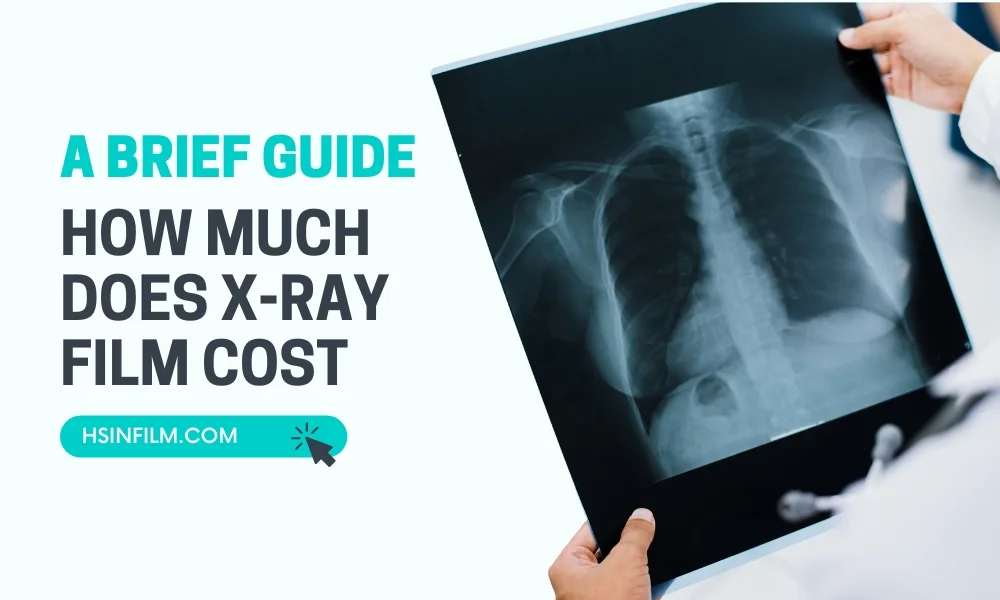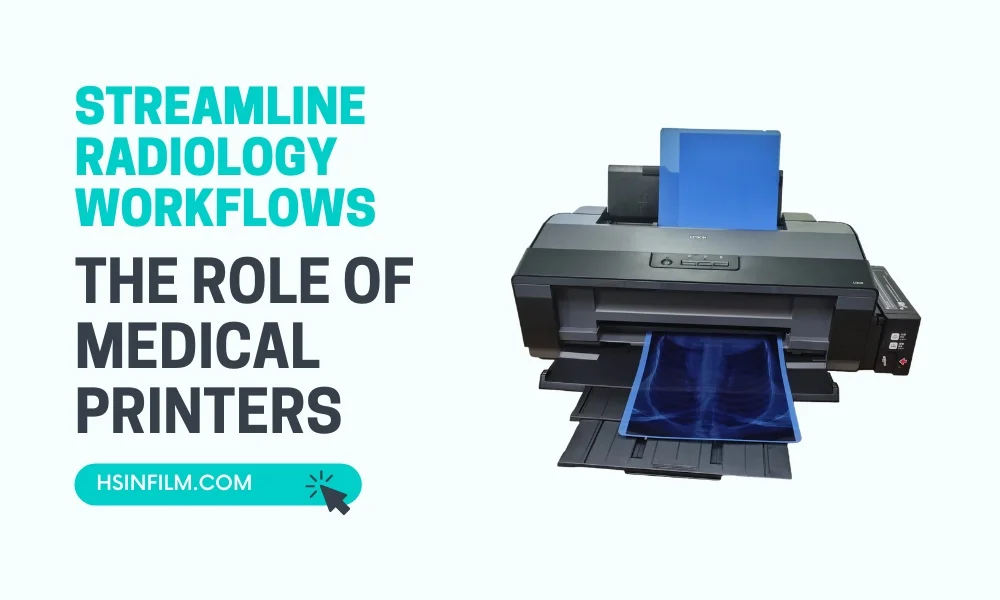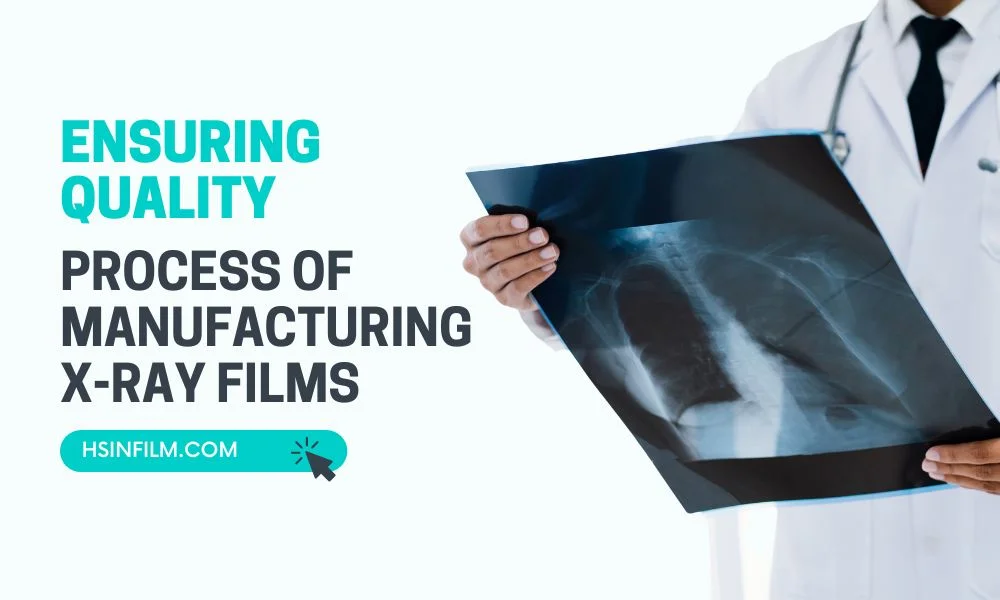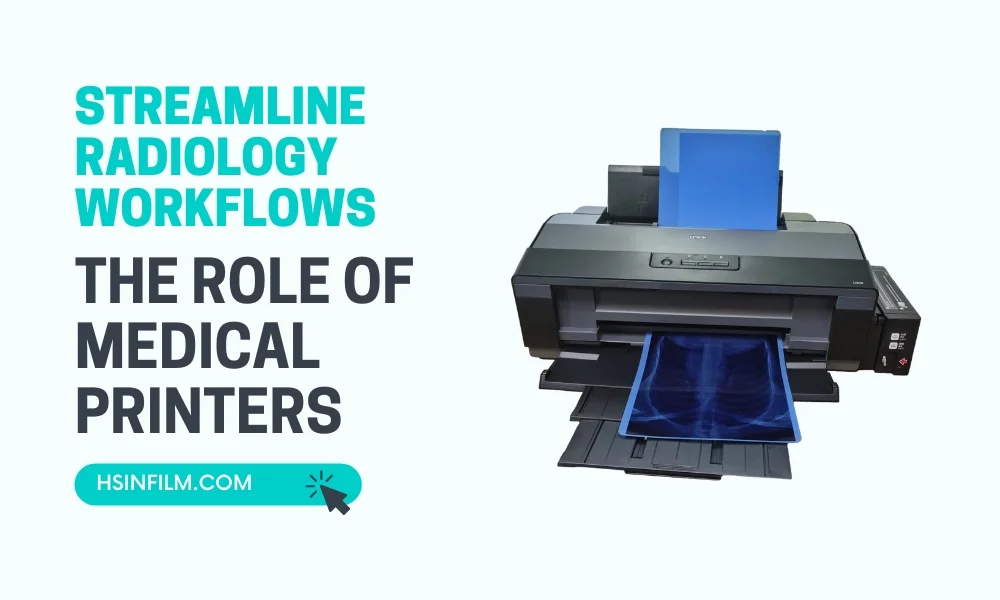The realm of radiology has witnessed monumental advances in the past few decades. From the discovery of X-rays to the inception of MRI, our pursuit for better imaging seems endless. Amidst these evolutions, the advantages of medical thermal film have begun to garner notable attention. But what makes these films the latest buzzword in radiology?
Table of Contents: Advantages of Medical Thermal Film
What is Medical Thermal Film?
Ever been intrigued by the name? Medical Thermal Film. It sounds like something straight out of a sci-fi movie. In layman’s terms, it’s a film sensitive to temperature changes, capturing images when exposed to heat. More than just a product, it’s a technological marvel designed to ensure impeccable image quality, especially in the delicate field of medical imaging.
Historical Context: Imaging Before Thermal Film
Remember those times when getting an X-ray meant waiting anxiously while your film was being developed in some mysterious darkroom? Traditional imaging methods, although revolutionary in their times, had their fair share of challenges:
- Longer waiting times.
- Possibility of images getting over or under-exposed.
- The recurrent issue of image blurring.
Enter the advantages of medical thermal film, and the game is forever changed.
Unparalleled Clarity with Thermal Film
Isn’t clarity what we seek in every image? Especially in a field where a clearer image can literally mean the difference between life and death. The thermal film offers:
- Sharper images: Defined outlines and intricate details become visible.
- Greater contrast: Differentiating between tissues becomes seamless.
- Fewer retakes: A win-win for both the patient and the radiologist.
Imagine diagnosing a hairline fracture without the image clarity that thermal films offer. Unthinkable!
Speed: From Image Capture to Diagnosis
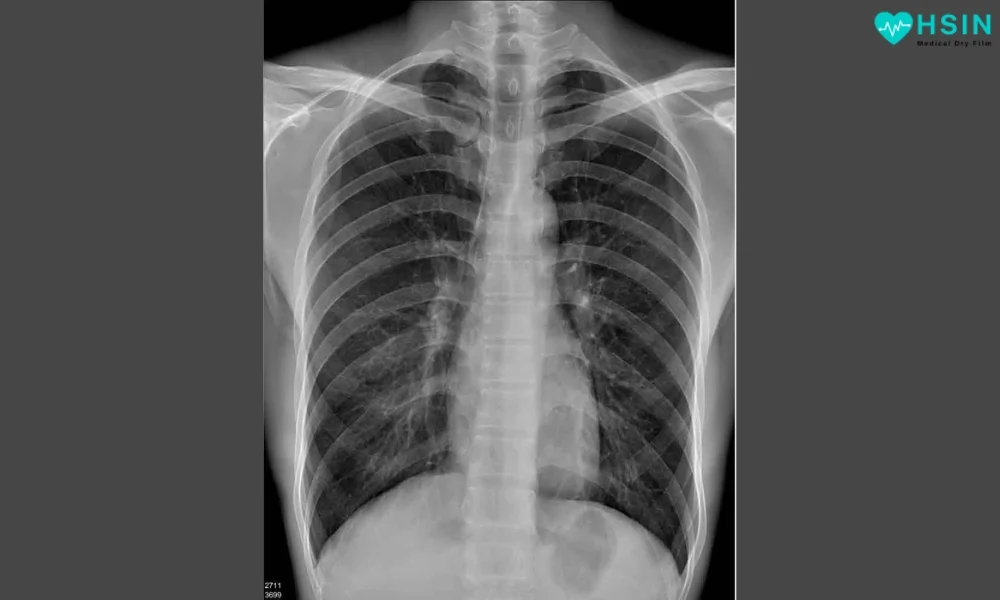
In critical medical scenarios, every second counts. Time spent waiting for a film to develop might equate to golden treatment hours lost. With thermal film:
- Instantaneous results become the norm.
- Swift decisions based on clear images can be made.
- A patient’s wait time? Drastically reduced!
Efficiency in Radiology Workflows
Efficiency isn’t just about speed; it’s about optimizing resources. And in a healthcare setup, this optimization translates to better patient care. How do the advantages of the medical thermal film fit in?
- Streamlined operations: Fewer retakes and faster image production.
- Economic efficiency: Think of the savings when films don’t need repeated developing chemicals.
- Environment-friendly: A nod to our eco-conscious times.
Enhanced Patient Experience
For anyone who’s been a patient, the anxiety of waiting can be nerve-wracking. With thermal films:
- Quicker results alleviate patient stress.
- Reduced radiation exposure, in some cases, ensures patient safety.
- A faster diagnosis ensures the onset of treatment without unnecessary delays.
Environmental Benefits
In our rapidly changing world, sustainability is no longer a choice; it’s a necessity. Thermal films:
- Use fewer chemicals, ensuring a reduced carbon footprint.
- Offer recyclable options, making disposal earth-friendly.
Challenges and Solutions
No innovation comes without challenges. Some critics point out the high initial costs of setting up thermal film systems. Yet, the investment seems worthwhile when we weigh this against the long-term advantages of medical thermal film. And with advancements, these costs are expected to go down.
Conclusion
As we stand at the intersection of technology and healthcare, embracing innovations like medical thermal films seems not just wise but imperative. With unparalleled clarity, efficiency, and a plethora of other advantages, isn’t it time we redefine the future of radiological imaging?
Frequently Asked Questions
Are there any side effects associated with medical thermal film imaging?
Typically, no. Thermal films are just mediums to capture images. The side effects, if any, would arise from the imaging technique itself, not the film.
How do medical thermal films compare in cost to traditional imaging methods?
The initial setup might be pricier, but the long-term benefits in terms of clarity, efficiency, and reduced chemical usage make it a cost-effective choice.
Are thermal films suitable for all types of radiological imaging?
Predominantly, yes. However, their application might vary based on specific radiology requirements.
This article offers an in-depth exploration of the advantages of medical thermal film in radiology. With every medical advancement, we move closer to ensuring a healthier future. And with thermal films, this future seems clearer than ever.

